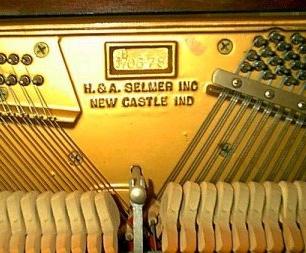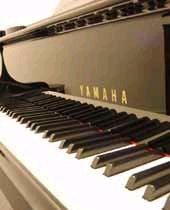
Cleaning Your Piano

“Sound” Advice for Cleaning Your Soundboard
Soundboards are notorious for collecting dust and debris. Buttons, paper clips, pencils and assorted children’s toys are just a few of the items that are mysteriously drawn to a soundboard. Once these items find their way to the soundboard, the question becomes how will they get out? Your technician will know the best techniques for cleaning the soundboard, but there are a few things you can do yourself.
Carefully use the bare hose of your vacuum cleaner. Avoid touching the strings. Instead, position your vacuum hose a few inches above them. You may also vacuum around the pins and other easily accessible areas. Do not use the crevice attachment on your vacuum to clean between the strings to get to the soundboard. A standard blow dryer set on “cool” can often times move debris from under the strings. With the vacuum on, use the blow dryer to move debris to the vacuum hose. Piano Mover
Never attempt to use a long sharp object between the strings in order to “fish out” debris. This technique often causes scratches and regret.

The “Key” to Cleaning Your Piano Keys
Have you ever seen a piano with yellow or missing keytops? Bleach, rubbing alcohol and other commercial solvents dissolve glue. They also dry out natural oils found in ivory keys causing them to become brittle.
Use a special cleaning solution available from your technician or piano dealer. Use a slightly damp cloth and gentle soap. Keep moisture from the sides of the key. Clean each keytop individually and wipe it dry immediately. Use a different cloth for black keys, in case there is some dye that is transferred.
Cleaning the Cabinet
The cabinet should be cared for as you would a piece of fine furniture. If you have a high-gloss case, buff away fingerprints with a soft, non-abrasive cloth. Some manufacturers sell cleaning products specially made for their finishes. In most cases, a soft dust cloth will do just fine.
